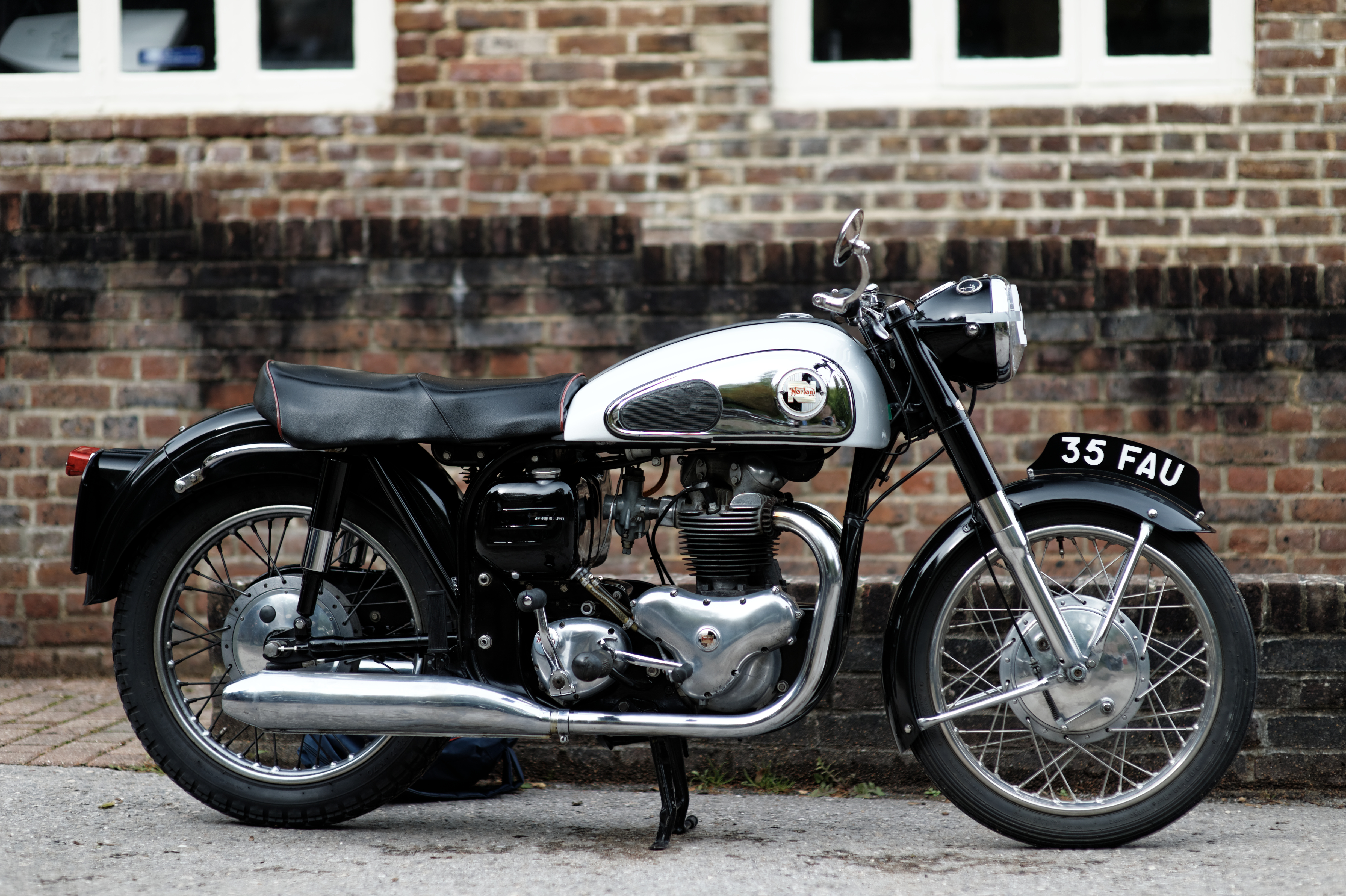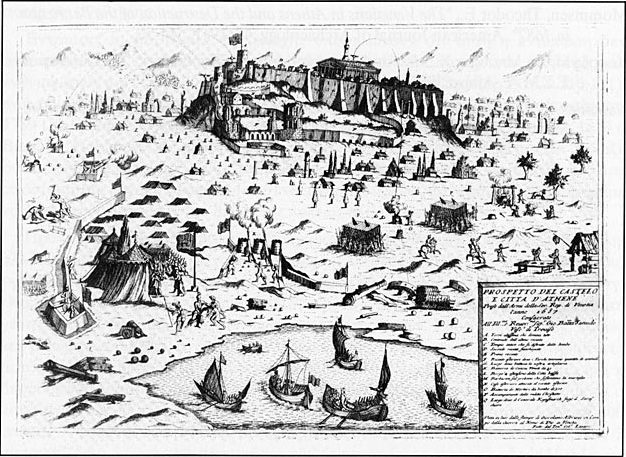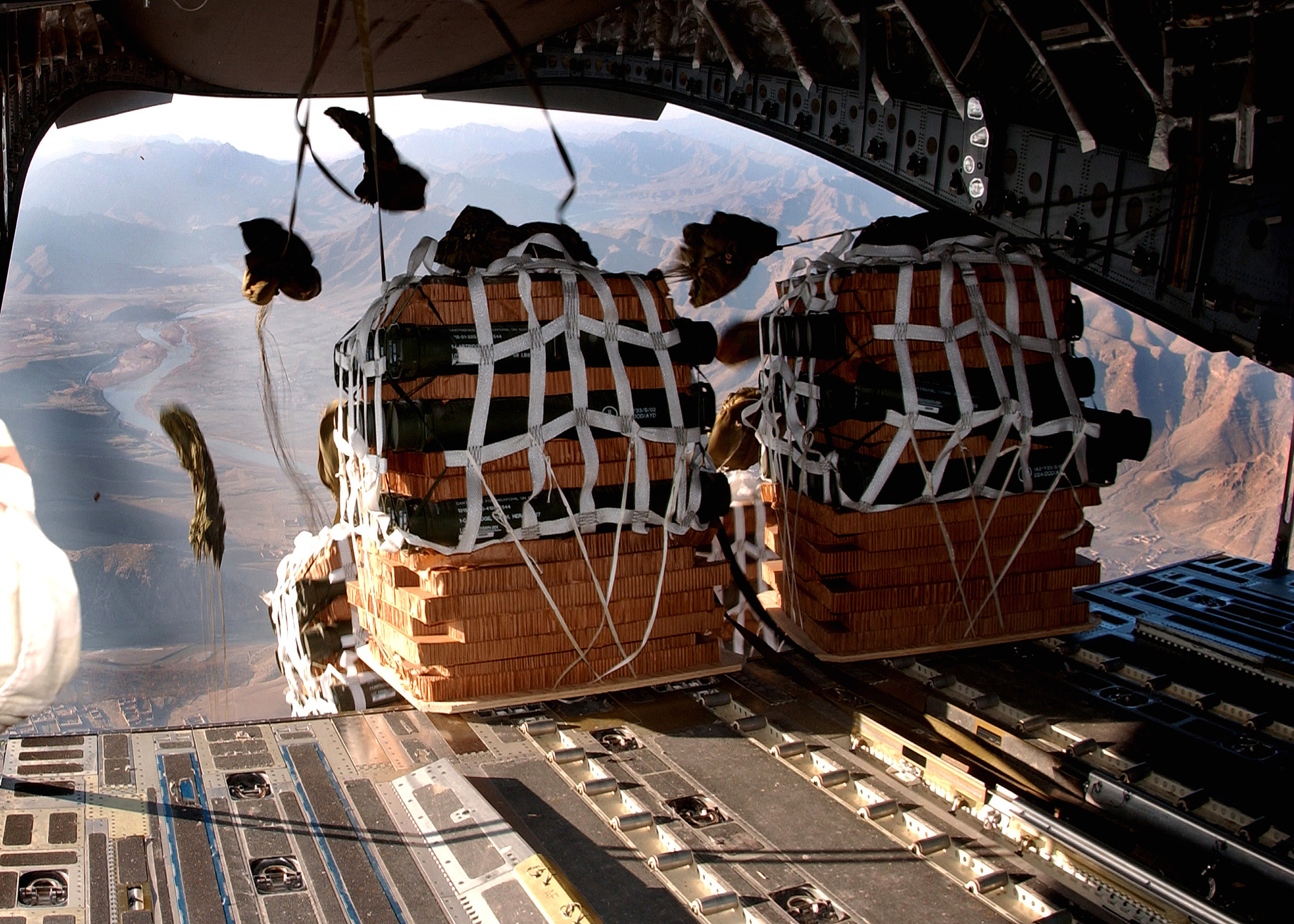|
Malush Ahmeti
Malush Ahmeti (16 November 1951 – 15 May 1999) was a notable commander of the Kosovo Liberation Army, who died during a battle against Serbian forces, he played a key role in organizing the armed resistance, providing arms, and leading military operations and is also considered as one of the closest comrades of Adem Jashari. Early life Malush Ahmeti was born on November 16, 1951, in the village of Rezallë, Skënderaj. He grew up in a poor and nationalist family known for its dedication to the struggle for Kosovo’s freedom. Ahmeti completed his elementary education in his village, but due to financial difficulties, he could not continue his higher education in Skënderaj. As a young man, he demonstrated significant skills in metalworking and precision craftsmanship. He developed a deep passion for firearms and motorcycles. Involvement in the Kosovo Liberation Army Early resistance In 1991 and 1992, he began producing homemade firearms and his underground workshop became a v ... [...More Info...] [...Related Items...] OR: [Wikipedia] [Google] [Baidu] |
Skënderaj
Skenderaj ( sq-definite, Skënderaji) or Srbica ( sr-Cyrl, Србица) is a town and municipality located in the Mitrovica District of Kosovo. According to the 2021 census, the municipality of Skënderaj has 52,586 inhabitants. It is the largest city in the Drenica geographical region of Kosovo. It is mainly populated by ethnic Albanians. It is the place where the Kosovo War began in 1998, and to which the most damage was done. Etymology Albanians use the name Skenderaj from the name Skanderbeg, while the Serbian name was applied after the First Balkan War in an attempt to naturalize the region. Geography The settlement is by the Klina river, in the Klina field. It is the main settlement of the Drenica region. The Klina river belongs to the Metohija region, while the settlement morphologically and hydrologically gravitates towards the Kosovo region. The municipality covers an area of , including the town of Skenderaj and 49 villages. History The village of Runik, north ... [...More Info...] [...Related Items...] OR: [Wikipedia] [Google] [Baidu] |
Motorcycles
A motorcycle (motorbike, bike; uni (if one-wheeled); trike (if three-wheeled); quad (if four-wheeled)) is a lightweight private 1-to-2 passenger personal motor vehicle Steering, steered by a Motorcycle handlebar, handlebar from a saddle-style seat. Motorcycle designs vary greatly to suit a range of different purposes: Long-distance motorcycle riding, long-distance travel, Motorcycle commuting, commuting, cruising (driving), cruising, Motorcycle sport, sport (including Motorcycle racing, racing), and Off-roading, off-road riding. Motorcycling is riding a motorcycle and being involved in other related social activities such as joining a motorcycle club and attending motorcycle rally, motorcycle rallies. The 1885 Daimler Reitwagen made by Gottlieb Daimler and Wilhelm Maybach in Germany was the first internal combustion, petroleum-fueled motorcycle. In 1894, Hildebrand & Wolfmüller became the first series production motorcycle. Globally, motorcycles are comparable numerically t ... [...More Info...] [...Related Items...] OR: [Wikipedia] [Google] [Baidu] |
Mortar (weapon)
A mortar today is usually a simple, lightweight, man-portable, Muzzleloader, muzzle-loaded cannon, consisting of a Smoothbore, smooth-bore (although some models use a Rifling, rifled barrel) metal tube fixed to a base plate (to spread out the recoil) with a lightweight bipod mount and a Sight (device), sight. Mortars are typically used as indirect fire weapons for close fire support with a variety of ammunition. Historically mortars were heavy Siege, siege artillery. Mortars launch explosive shell (projectile), shells (technically called Bomb, bombs) in high arching Projectile motion, ballistic trajectories. History Mortars have been used for hundreds of years. The earliest reported use of mortars was in Korea in a 1413 naval battle when Korean gunsmiths developed the ''wan'gu'' (gourd-shaped mortar) (완구, 碗口). The earliest version of the ''wan'gu'' dates back to 1407. Ch'oe Hae-san (1380–1443), the son of Ch'oe Mu-sŏn (1325–1395), is generally credited with inventi ... [...More Info...] [...Related Items...] OR: [Wikipedia] [Google] [Baidu] |
Drenica
Drenica (, ), also known as the Drenica Valley, is a hilly region in central Kosovo, covering roughly around of Kosovo's total area (6%). It consists of two municipalities, Drenas and Skenderaj, and several villages in Klina, Zubin Potok, Mitrovica and Vushtrri. It is located west of the capital, Pristina. According to the 2011 Census, the population of the region is 109,389, excluding the surrounding villages. Albanians form the absolute majority of the region. Geography Drenica is located in the center of what is today Kosovo, in the western part of the region itself of Kosovo. It is sometimes regarded as a region in its own right. Drenica is divided into Upper Drenica, also called Red Drenica and Lower Drenica, also called Pasha's Drenica. The highest mountains in the region are Mount Caraleva (1,177m) and Mount Çiçavica (1,091m). History Middle Ages Between 1246 and 1255, Stefan Uroš I had reported Albanian toponyms in the Drenica valley. A chrisobull of the Serbian ... [...More Info...] [...Related Items...] OR: [Wikipedia] [Google] [Baidu] |
Shala E Bajgorës
Shala e Bajgorës is a mountainous (hilly) region in Kosovo, that lies between the valley of the river Ibar and Llap, at the foot of the Kopaonik, concentrated primarily around cities, Mitrovica, Vushtrri, Podujevë and Zveçan, and town like Stantërg (Trepça Mines), with village of Bajgora being the largest of their 54 settlements. Notable People * Rahim Ademi, retired Croatian Army general * Shemsi Ahmeti, UÇK commander * Bislim Bajgora, adjutant for the Balli Kombëtar * Isa Boletini, Albanian revolutionary commander and politician * Ukshin Kovaçica, commander of the Vullnetari * Mehë Uka, political activist * Sherif Voca, Albanian nationalist See also * Bajgora * Shala (tribe) Shala is a Tribes of Albania, historical tribe and region of northern Albania in the valley of the river Shalë (river), Shalë, in the Dukagjin highlands. At the end of the 19th century the tribe was Catholic and had c. 3,000 members and 700 hou ... * Mazhiq Mosque * Trepça Cr ... [...More Info...] [...Related Items...] OR: [Wikipedia] [Google] [Baidu] |
Operation Horseshoe
Operation Horseshoe was a 1999 alleged plan to ethnically cleanse Albanians in Kosovo and to destroy the Kosovo Liberation Army. The plan was to be carried out by Police of the Republic of Serbia, Serbian police and the Military of Serbia and Montenegro, Yugoslav army. In 2011, former Bulgarian Foreign Minister Nadezhda Neynsky revealed in a TV documentary that the Bulgarian government in 1999 had turned over to Germany an unverified report compiled by its military agency which "made clear" the existence of the plan, even though the military intelligence had warned that the information could not be verified. Expulsions of ethnic Albanians did occur during the Kosovo War as Serbian forces expelled 848,000–863,000 Kosovo Albanians and caused the displacement of up to 590,000 within Kosovo. History In a press conference on 6 April 1999, German Foreign Minister Joschka Fischer stated that the German government had information that the Yugoslav government had been planning a massi ... [...More Info...] [...Related Items...] OR: [Wikipedia] [Google] [Baidu] |
Albania
Albania ( ; or ), officially the Republic of Albania (), is a country in Southeast Europe. It is located in the Balkans, on the Adriatic Sea, Adriatic and Ionian Seas within the Mediterranean Sea, and shares land borders with Montenegro to the northwest, Kosovo to the northeast, North Macedonia to the east and Greece to the south. With an area of , it has a varied range of climatic, geological, hydrological and morphological conditions. Albania's landscapes range from rugged snow-capped mountains in the Accursed Mountains, Albanian Alps and the Korab, Central Mountain Range, Albania#Skanderbeg Mountains, Skanderbeg, Pindus and Ceraunian Mountains, to fertile lowland plains extending from the Albanian Adriatic Sea Coast, Adriatic and Albanian Ionian Sea Coast, Ionian seacoasts. Tirana is the capital and largest city in the country, followed by Durrës, Vlorë, and Shkodër. Albania was inhabited by several List of Illyrian peoples and tribes, Illyrian tribes, among them the A ... [...More Info...] [...Related Items...] OR: [Wikipedia] [Google] [Baidu] |
Military Logistics
Military logistics is the discipline of planning and carrying out the movement, supply, and maintenance of military forces. In its most comprehensive sense, it is those aspects or military operations that deal with: * Design, development, Military acquisition, acquisition, storage, distribution, maintenance, evacuation, and disposition of materiel. * Transport of personnel. * Acquisition or construction, maintenance, operation and disposition of facilities. * Acquisition or furnishing of services. * Medical and health service support. Etymology and definition The word "logistics" is derived from the Greek adjective meaning "skilled in calculating", and its corresponding Latin word . In turn this comes from the Greek , which refers to the principles of thought and action. Another Latin root, ''log-'', gave rise around 1380 to , meaning to lodge or dwell, and became the French verb , meaning "to lodge". Around 1670, the French King Louis XIV created the position of , an office ... [...More Info...] [...Related Items...] OR: [Wikipedia] [Google] [Baidu] |
Police Of Serbia
The Serbian Police (), formally the Police of the Republic of Serbia (), is the national civilian police force of the Serbia. The Serbian Police are responsible for all local and national law enforcement. It is under the jurisdiction of the Ministry of Internal Affairs (Serbia), Ministry of Internal Affairs. History Serbian Revolution The roots of public security in revolutionary Serbia appear during the Serbian Revolution. At the 1807 Revolutionary Assembly police authority in ''nahijas'' (districts) was entrusted to ''Voivode, voivodes'' and ''obor knezovi'', and in local communities to local ''knezovi''. The executive officers of the ''obor knezovi'' were represented by ''golaći'' or ''bećari''. Later, the role of executive bodies of the newly established courts was taken over by ''Pandur, pandurs''. The organization of police authorities in Belgrade and other places was established on 30 December 1807 with regular and permanent police force stationed in Belgrade, which consi ... [...More Info...] [...Related Items...] OR: [Wikipedia] [Google] [Baidu] |
Kosovo Liberation Army
The Kosovo Liberation Army (KLA; , UÇK) was an ethnic Albanian separatist militia that sought the separation of Kosovo, the vast majority of which is inhabited by Albanians, from the Republic of Serbia and Federal Republic of Yugoslavia during the 1990s. Albanian nationalism was a central tenet of the KLA and many in its ranks supported the creation of a Greater Albania, which would encompass all Albanians in the Balkans, stressing Albanian culture, ethnicity and nation. Military precursors to the KLA began in the late 1980s with armed resistance to Yugoslav police trying to take Albanian activists in custody.. By the early 1990s there were attacks on police forces and secret-service officials who abused Albanian civilians. By mid-1998 the KLA was involved in frontal battle though it was outnumbered and outgunned. Conflict escalated from 1997 onward due to the Yugoslav army retaliating with a crackdown in the region which resulted in population displacements. The bloodshed, e ... [...More Info...] [...Related Items...] OR: [Wikipedia] [Google] [Baidu] |






